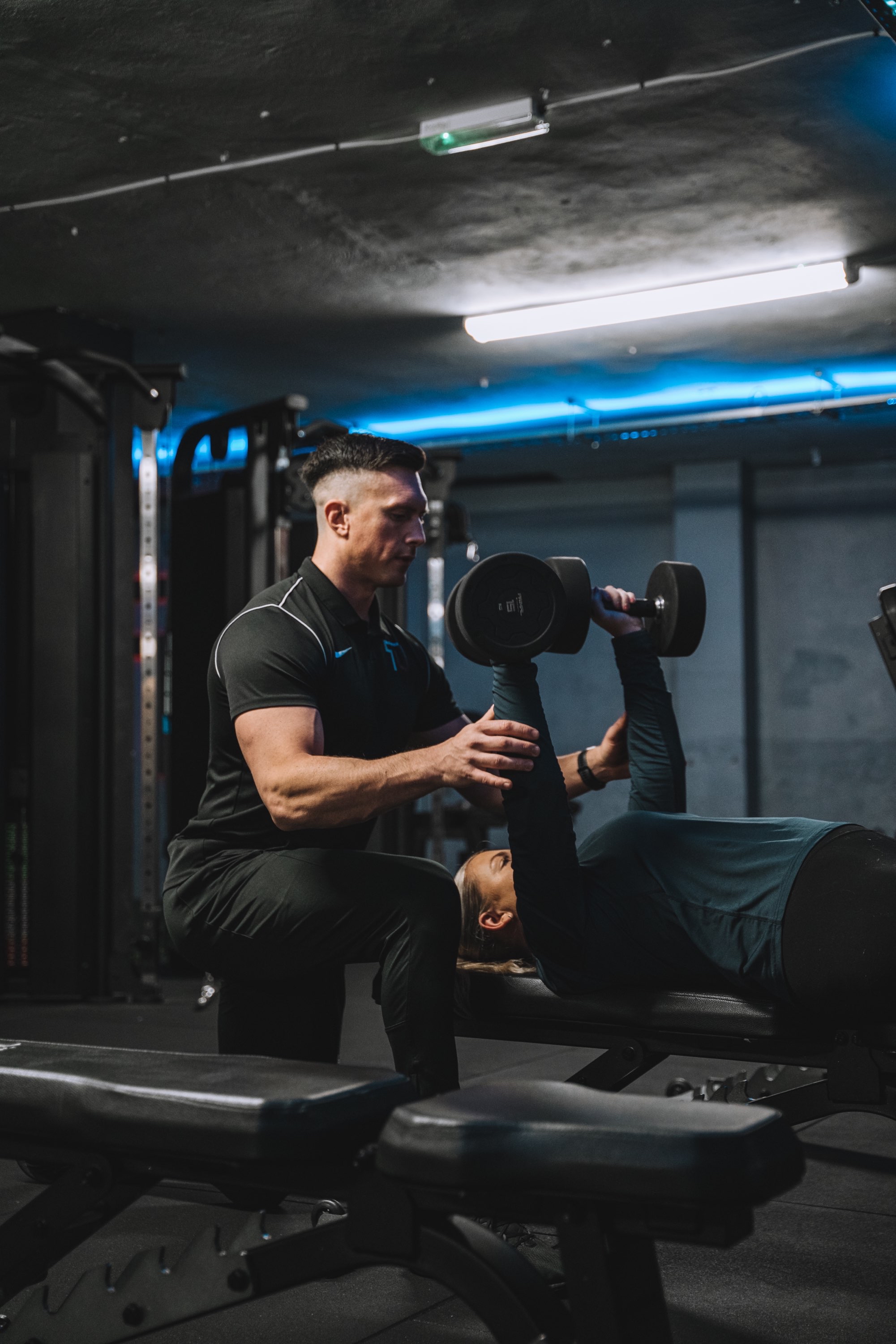Break Through Strength Plateaus
- Andrew Ball

- Sep 23
- 2 min read

Hitting a plateau with your lifts can be frustrating. You’re training hard, showing up consistently, but the numbers won’t move. It’s part of the process — every lifter will hit a wall at some point. The key is understanding why it happens and having a few tools to push through.
Why Do Plateaus Happen?
Adaptation – your body gets used to the same stimulus.
Fatigue – sometimes you’re not stuck, you’re just too tired to perform at your best.
Recovery – lack of sleep, poor nutrition, and stress can all hold back progress.
Technique – small breakdowns in form limit how much you can safely lift.
Programming – if you’re always working in the same rep range with the same method of training, progress will slow.
Now, here are four methods you can use to get moving again.
1. Wave Loading
Wave loading is where you “wave” up and down in reps and weights across multiple sets. A simple example looks a lot like 5/3/1.
Wave 1: 5 reps, 3 reps, 1 rep (increasing weight each set).
Wave 2: You go again, but this time your 5-rep set is the same weight you lifted for 3 reps in Wave 1.
This way you trick your nervous system into lifting more than you thought you could, because the heavy singles prime you, and the second wave forces adaptation.
2. Cluster Sets
Cluster sets are about breaking one set into smaller chunks with short rests. For example, instead of performing 3 reps in one go at 90% of your max, you’d do:
1 rep
Rest 15 seconds
1 rep
Rest 15 seconds
1 rep
You’ve still completed 3 reps at a very heavy weight, but because of the pauses, the quality and load stay higher than they would in a straight set.
3. Contrast Loading
This is alternating between heavier and lighter sets in the same exercise, progressing each time. For example:
6 reps at ~70% of your 1RM
1 rep at ~85–90%
6 reps at ~70–75%
1 rep at ~90–95%
6 reps at ~75–80%
1 rep at ~95+%
The heavy singles prime your nervous system, so every following 6 feels more explosive. This is a great way to build strength and power at the same time.
4. Deload and Reset
Sometimes the best move isn’t to push harder, it’s to pull back. Take a week at 50–60% of your normal weights, focus on perfect technique, and let your body recover. More often than not, you’ll come back stronger once fatigue has dropped.
Takeaway
Plateaus happen, but they don’t mean you’ve stopped progressing. They’re just feedback that it’s time to switch things up. Whether it’s using wave loading, cluster sets, contrast work, or simply resting and resetting, see if these methods can work for you.
The important part is making sure whatever method you choose makes sense for your goals and builds on what you’ve already done. If you’re constantly hopping between random programs with no structure, it might be time to consider hiring a coach to bring some logic and progression to your training.






Comments